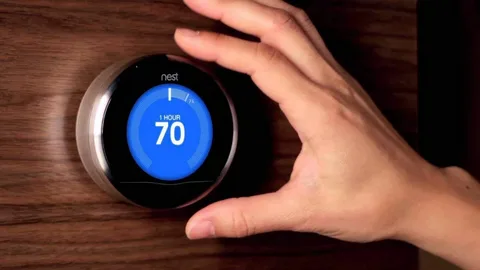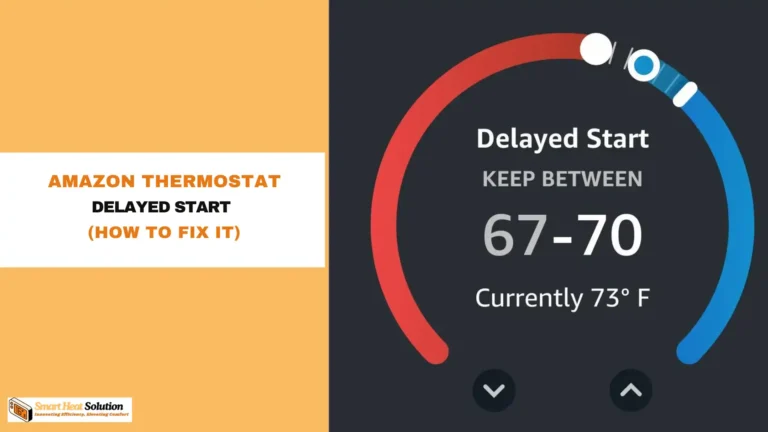What is Nest Airwave on nest thermostat? All You need To Know
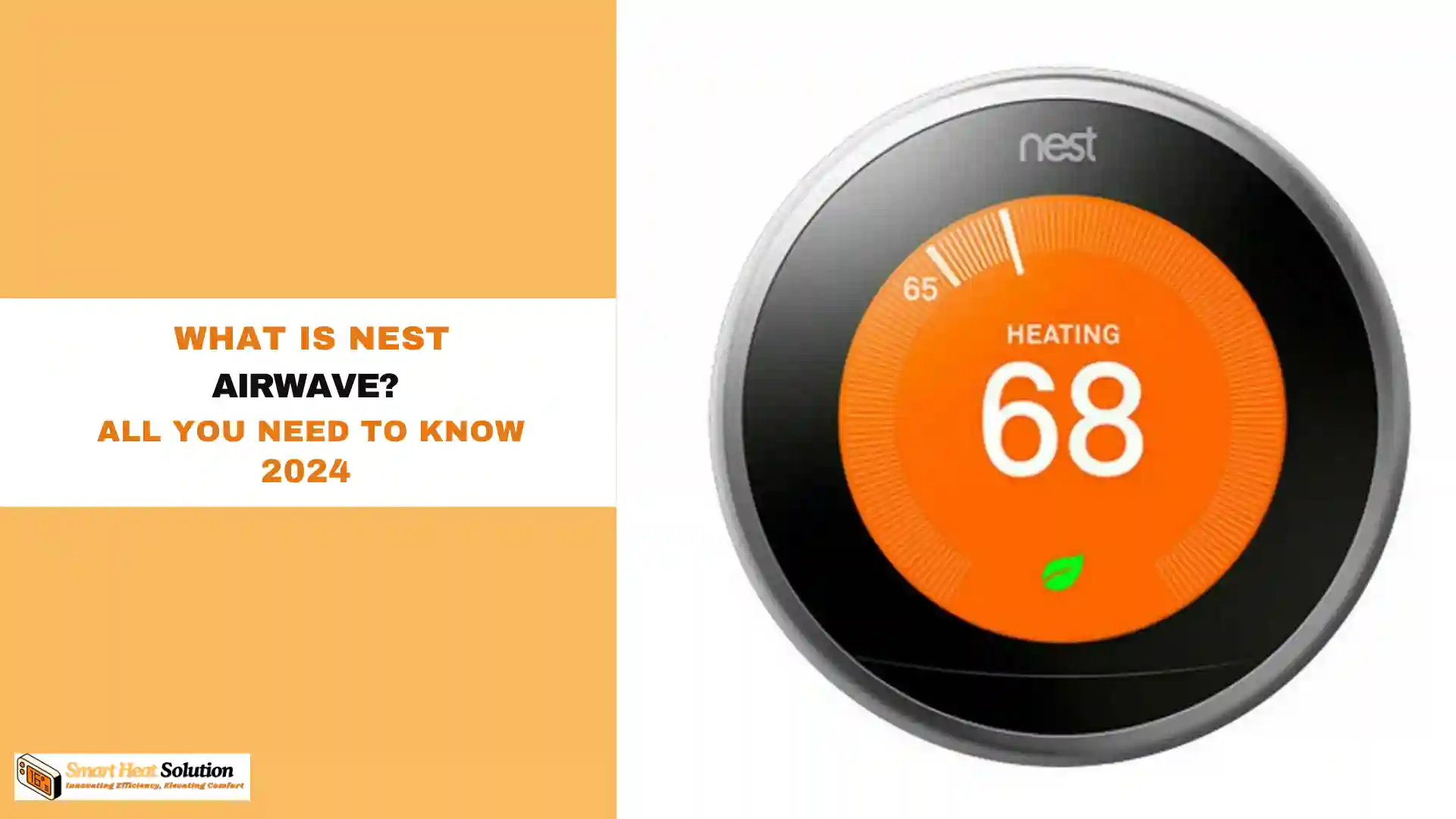
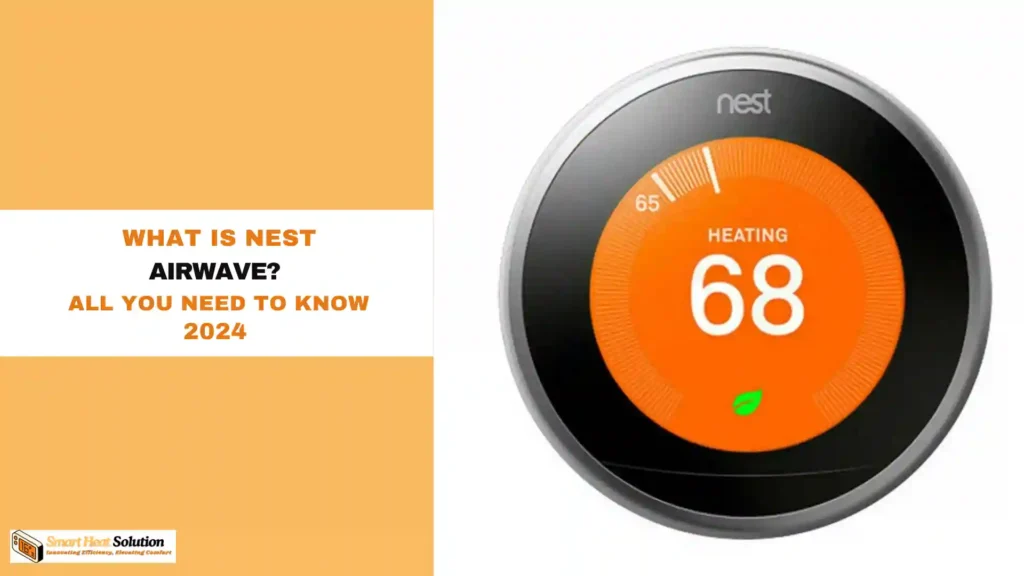
If you’re looking to save money on energy bills without sacrificing comfort, Nest Airwave might be your solution. This guide will explain what Nest Airwave is, how it works, and how you can use it to maximize your home’s HVAC efficiency.
What is Nest Airwave?
Nest Airwave is a feature available in Nest smart thermostats that helps your home stay cool while cutting down on energy usage. It does this by keeping the HVAC system’s blower running after the air conditioner’s compressor has turned off, using the cool air still circulating in the system to maintain a comfortable temperature. Essentially, it capitalizes on the cold air left in the coils, which allows you to continue cooling your home even though the energy-heavy compressor is off(OneHourSmartHome.com)(SmartHomeHunt).
How Does Nest Airwave Work?
- Blower Efficiency:
Airwave takes advantage of the difference in energy consumption between your compressor and blower. The compressor, which does the heavy lifting in air conditioning, is responsible for most of the energy usage. The blower, on the other hand, is energy efficient. - Timing:
When the system senses that the room is approaching its set temperature, Airwave shuts off the compressor but keeps the blower running for 5-10 minutes. This continues cooling your home without using additional electricity from the compressor(SmartHomeHunt). - Humidity Control:
Nest Airwave is most effective when indoor humidity levels are below 45%. At higher humidity, using Airwave may result in more moisture in the air, making the cooling process less efficient(Super Home Pursuits).
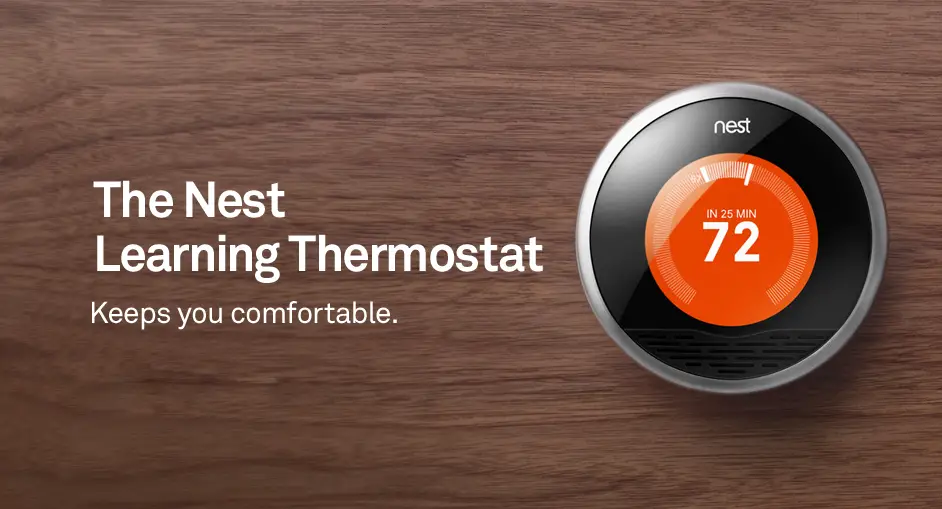
Key Benefits of Nest Airwave
1. Enhanced Energy Efficiency
One of the most significant advantages of Nest Airwave is its ability to optimize energy use. By intelligently adjusting the operation of your HVAC system, it minimizes unnecessary energy consumption. This not only lowers your energy bills but also reduces your carbon footprint, contributing to a more sustainable environment.
2. Increased Comfort Levels
Nest Airwave doesn’t just save energy; it also ensures that your home remains comfortable. By maintaining consistent temperatures and optimizing airflow, it prevents the uncomfortable spikes and drops in temperature that can occur with traditional HVAC systems.
3. Seamless Integration with Smart Home Systems
Nest Airwave is designed to work harmoniously with other Nest products and various smart home devices. This integration allows for enhanced control and monitoring, giving homeowners the ability to manage their home’s climate from anywhere using a smartphone or tablet.
4. User-Friendly Interface
The Nest app provides an intuitive interface that allows users to customize their HVAC settings easily. Homeowners can schedule their air conditioning and heating according to their lifestyle, ensuring maximum comfort when needed.
How to Set Up Nest Airwave
Setting up Nest Airwave is a straightforward process that integrates seamlessly with your existing Nest Learning Thermostat. Follow these steps for a successful setup:
- Install the Nest Learning Thermostat: Ensure your thermostat is installed and connected to your home Wi-Fi network.
- Access the App: Download the Nest app on your smartphone or tablet.
- Enable Airwave: Within the app, navigate to your thermostat settings and enable the Airwave feature. The app will guide you through the process.
- Monitor and Adjust: Once activated, monitor your energy usage and comfort levels through the app. You can adjust settings as needed to align with your lifestyle.
Nest Airwave vs. Traditional HVAC Systems
Efficiency Comparison
Traditional HVAC systems often run continuously, leading to higher energy consumption and costs. In contrast, Nest Airwave optimizes cooling cycles, leading to substantial energy savings. Studies have shown that homes equipped with smart technologies like Nest can reduce energy use by up to 15%.
Comfort Levels
While traditional systems may struggle to maintain consistent temperatures, Nest Airwave provides a more balanced climate control experience. Its ability to adjust in real time ensures that your home remains comfortable, regardless of external weather conditions.
Control and Convenience
With traditional systems, homeowners often have limited control over their HVAC settings. Nest Airwave, however, allows for extensive remote control through the app, providing users with the convenience to manage their home’s climate from anywhere.
The Future of Home Automation with Nest Airwave
As technology continues to advance, the future of home automation looks promising. Nest Airwave is at the forefront of this evolution, providing homeowners with tools to enhance energy efficiency and comfort. The integration of artificial intelligence and machine learning into HVAC systems will likely lead to even more sophisticated climate control solutions.
Sustainability and Smart Homes
With the growing emphasis on sustainability, Nest Airwave plays a crucial role in promoting eco-friendly living. By reducing energy consumption and minimizing waste, it aligns with the global movement towards greener technologies.
Expanding Smart Home Capabilities
Nest Airwave’s compatibility with a wide range of smart home devices means that as your home automation needs grow, your system can expand accordingly. This flexibility ensures that homeowners can continue to benefit from advancements in smart technology.
Common Concerns and How to Address Them
- Reintroducing Moisture:
Some users have reported that Airwave reintroduces moisture into the air, especially in areas with high humidity. If you find this to be an issue in your home, it’s recommended to disable Airwave during humid conditions(SmartHomeHunt). - Compatibility:
Nest Airwave requires indoor humidity levels below 45% to work optimally. If your home regularly exceeds this, consider a dehumidifier or others.
Frequently Asked Questions (FAQs)
1. Is Nest Airwave compatible with all air conditioning units?
No, while Nest Airwave works with many modern HVAC systems, it may not be compatible with older units. It’s advisable to check your specific system’s compatibility before purchasing the Nest Learning Thermostat.
2. How much can I save on my energy bills with Nest Airwave?
The amount you can save depends on various factors, including your current energy usage, the efficiency of your cooling system, and local electricity rates. Many users report savings of up to 15% on their cooling bills.
3. Does Nest Airwave require professional installation?
While many homeowners with basic DIY skills can install the Nest Learning Thermostat, professional installation is recommended, especially to ensure compatibility with your HVAC system.
4. Can I control Nest Airwave remotely?
Yes! Once connected to the Nest app on your smartphone or tablet, you can control the thermostat, including enabling or disabling Airwave, from anywhere with an internet connection.
5. What should I do if I notice the cooling in my home isn’t effective?
If you’re experiencing issues with cooling, check the thermostat settings, filters, and if the AC unit is functioning correctly. If problems persist, it may be time to consult an HVAC professional.
Conclusion
In an age where smart technology is reshaping our daily routines, Nest Airwave stands out as an intelligent, energy-saving feature for home cooling.
By understanding its functionality, benefits, and setup, you can maximize your home’s comfort while minimizing your energy costs. Whether you are a tech-savvy enthusiast or someone looking for a more efficient way to keep your home cool, integrating Nest Airwave into your cooling strategy may be just the solution you need. Embrace the cool revolution—your future self (and your wallet) will thank you!Edit
External Resources for Further Reading
For more information, visit

I’m Alan William’s, the founder of SmartHeatSolution.com. I am from California, USA, I’m passionate about innovative heating technologies and their impact on our homes and businesses. With a background in electrican and home repair , I aim to make smart, energy-efficient heating accessible to everyone. When I’m not writing, I’m likely interested in all the thermostat brands and their new technnology. Thanks for stopping by!

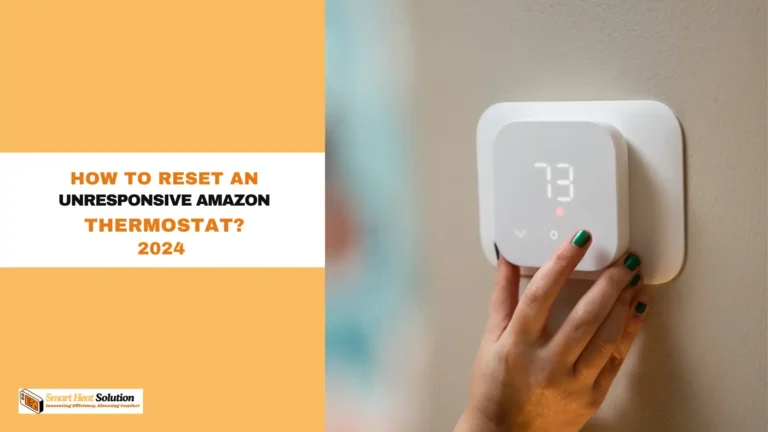
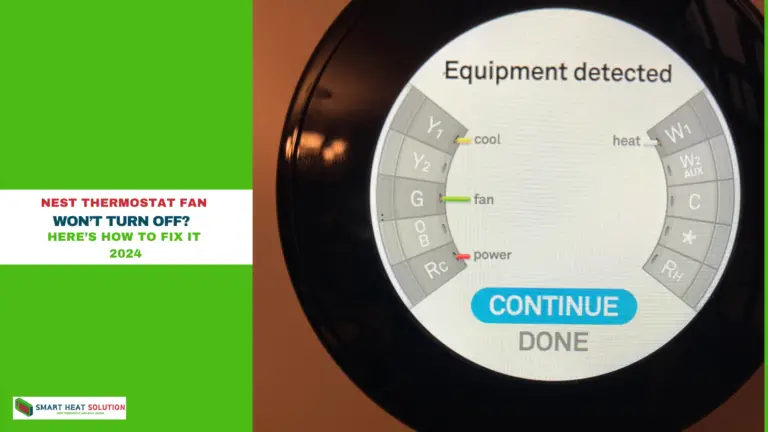

![Honeywell Thermostat Keeps Rebooting: Troubleshooting Guide 14 Honeywell Thermostat Keeps Rebooting Troubleshooting Guide[Fixed]:](https://smartheatsolution.com/wp-content/uploads/2024/10/tinywow_Business-6_66007210-768x432.webp)
